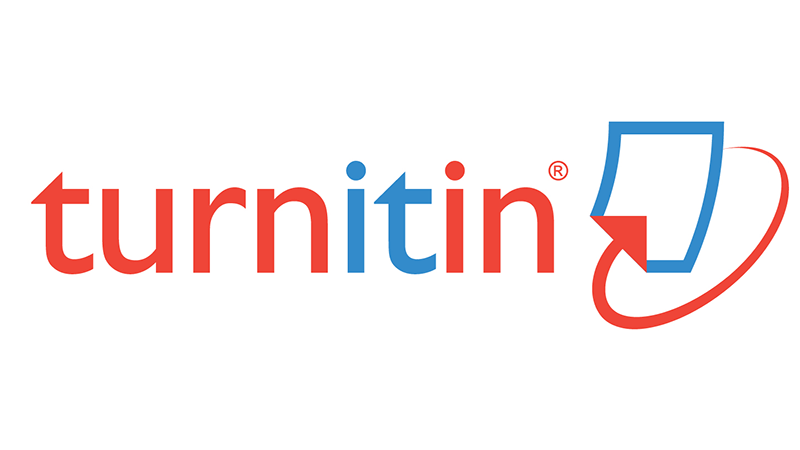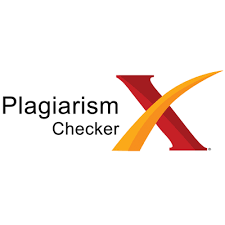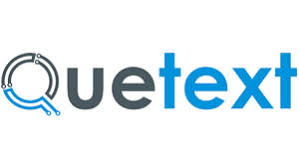Equivalence Errors in Google Translate-Based Translation Results of Informative Text by Students of German Literature Department
Abstract
Keywords
Full Text:
PDFReferences
Ahmad, A. 2016. Kualitas Terjemahan Teks Ilmiah Hasil Penerjemahan Mesin Google Translate dan Bing Translator. IJALR: INDONESIAN JOURNAL of APPLIED LINGUISTIC REVIEW, 1(1), 12-20. Dari http://journal.unj.ac.id/unj/index.php/ijalr/article/download/1368/1090
Aiken, M. & Balan, S. 2011. An Analysis of Google Translate Accuracy. Translation Journal: Translators & Computers Volume 16, No. 2 April 2011. Dari https://translationjournal.net/journal/56google.htm
al-Qinai, J. 2000. Translation Quality Assessment. Strategies, Parametres and Procedures. Meta, 45(3), 497–519. Dari https://id.erudit.org/iderudit/001878ar
Kurniawan, D. 2020. Pembelajaran Bahasa Jerman di Kala Pandemi Covid-19: Fleksibilitas dan Aksesibilitas. Jurusan Sastra Jerman-Fakultas Sastra Universitas Negeri Malang. Dari http://repository.um.ac.id/961/.
Medvedev, G. 2016. Google Translate in Teaching English. The Journal of Teaching English for Specific and Academic Purposes Vol. 4, No 1, Special Issue, pp. 181-193. Dari http://espeap.junis.ni.ac.rs/index.php/espeap/article/view/318/221
Ordudari, M. 2007. Translation Procedures, Strategies, and Methods. Translation Journal, 11(3). Dari http://translationjournal.net/journal/41culture.htm
Owji, Z. 2013. Translation Strategies: A Review and Comparison of Theories. Translation Journal, 17(1). Dari http://translationjournal.net/journal/63theory.htm
Panou, D. 2013. Equivalence in Translation Theories: A Critical Evaluation. Theory and Practice in Language Studies Vol. 3, No. 1, pp. 1-6, January 2013. Dari http://www.academia.edu/download/32601896/Equivalence_in_translation_theories_A_critical_evaluation.pdf
Sugiyono. 2016. Metode Penelitian: Kuantitatif, Kualitatif, dan R&D. Bandung: Penerbit Alfabeta.
Suryawinata, Z. & Hariyanto, S. 2016. TRANSLATION: Bahasan Teori & Penuntun Praktis Menerjemahkan. Malang: Media Nusantara Creative Publishing.
Wuryantoro, Aris. 2018. Pengantar Penerjemahan. Yogyakarta: Penerbit Deepublish
DOI: http://dx.doi.org/10.17977/um079v5i22021p1-15
Refbacks
- There are currently no refbacks.

This work is licensed under a Creative Commons Attribution-NonCommercial 4.0 International License
11.png) | 11.png) | 42.png) | 1.png) |
eISSN 2548-1681




